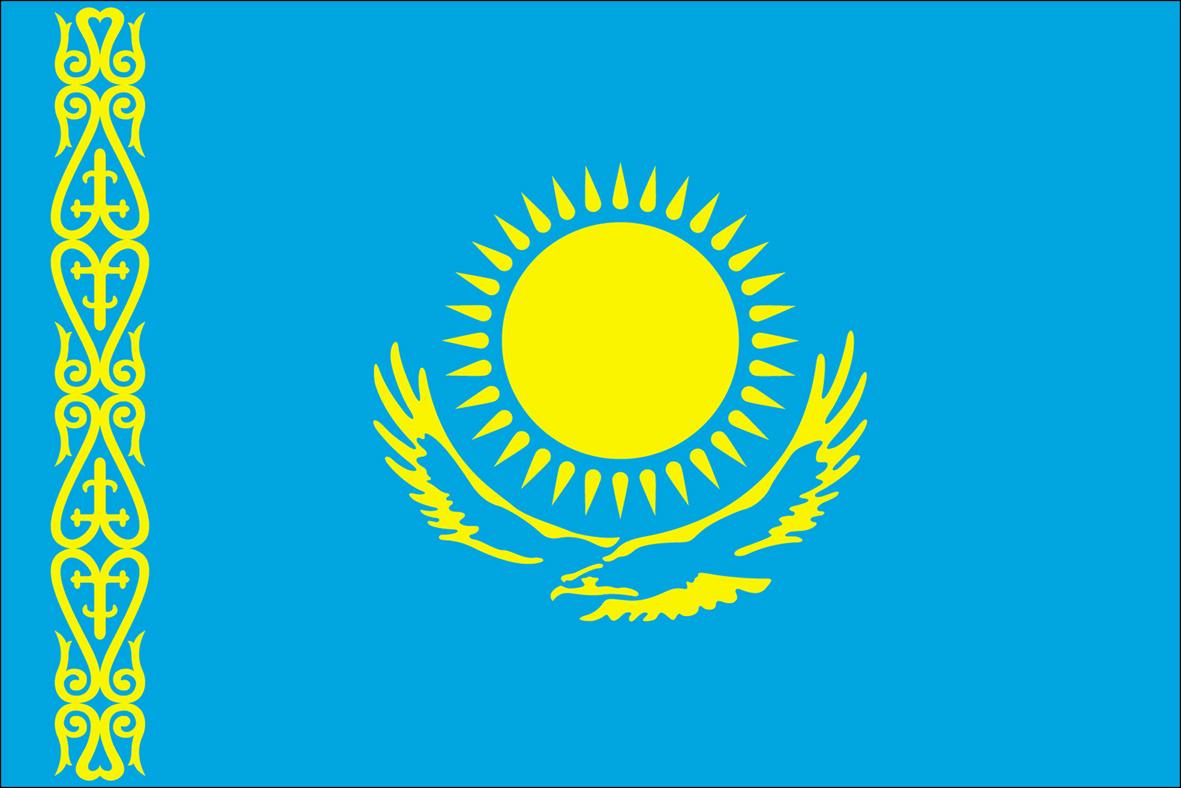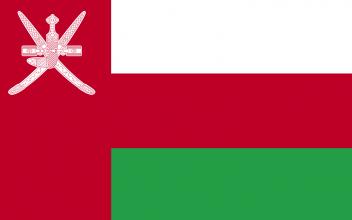The funerary site of Maoqinggou provides some interesting insight into social structures and the political order in Inner Mongolia during the Eastern Zhou period. According to the burial objects in the 79 graves dating from the 8th to the 3rd century BC, there seem to have been few social differences linked to gender or age.
In Japan, interest in the Silk Road flourished considerably after World War II. Japanese scholars travelled to locations on the Silk Road and wrote a number of important studies on their research. An expedition in 1966 sparked a “Silk Road fever” which led to the publication of numerous popular books on the subject and to the emergence of a “Silk Road” TV series and specialized travel agencies. The Silk Road also became an important topic for artists, writers, scientists and anthropologists.
The Zhu Fan Zhi (“A description of different countries”) which was written in the 13th century AD by Zhao Rukua, a customs officer in Quanzhou and a descendent of the royal family, provides precious knowledge about the geography and economy in different Southeast Asian countries, as well as about navigation routes during the Song dynasty.
Various textual sources have revealed the existence of several kingdoms, trading centres and harbour cities on the Malay Peninsula and Sumatra from the 3rd century AD onwards. They subsequently came under the influence of the kingdom of Funan and the kingdom of Srivijaya, which relied on the help of sea people, the so-called “orang laut”, to gain power over Sumatra. By the late 7th century, Srivijaya was the major maritime power in Southeast Asia, and Palembang became the most important entrepot.
Camel caravans, which could cover distances from 30 to 40 kilometres a day, used to play a major role as a means of transport in the Mongolian economy and trade. Caravan leaders, whose living conditions were very hard and who had an important function in society, had to combine various skills with knowledge and experience. Caravan roads through Mongolia linked important commercial centres in the country with Chinese and Russian towns. Furthermore, they were used by European merchants for their trade with China.
Mongolia attracts tourism of diverse kinds, such as environment/ adventure tourism, historical tourism, ethnic tourism and cultural tourism. Museums and crafts play a major role in the tourism industry. While art forms such as painting, folk songs and dance flourish and are widely recognized in Mongolia, craft skills, which are vital for the country’s cultural identity, also need to be valued. The survival of Mongolia’s craft skills is threatened by modernization and changing fashions.
By the 8th century, Muslim merchants sailing to the East established colonies and large numbers of them settled in China. They certainly came in contact with merchants from the Korean peninsula, since the kingdom of Silla entertained close political, economic and cultural relations with Tang China. Thus, elements of Islamic culture were introduced in Silla. Medieval Muslim sources contain numerous references to Silla, but their information was not very accurate.
According to textual sources, Buddhism was introduced in Nepal during the Buddha’s lifetime, and there is some probability that the Buddha himself visited Kathmandu valley. A Nepalese chronicle states that during his sojourn in Nepal in the 3rd century BC, the Mauryan Emperor Ashoka also passed through Kathmandu valley.
The Nepalese valley of Kathmandu, which was situated on an important trade route between India and Central Asia, counts various sacred Buddhist sites. Due to the arrival of numerous Tibetan Buddhists from 1959 onwards, Mahayana Buddhism has flourished in Kathmandu valley, which is one of the four most important pilgrimage destinations for Buddhists.
In and around the Buddha’s birthplace in Lumbini, Nepal, several important archaeological sites associated with the life of the Buddha were discovered from the end of the 19th century onwards. Findings such as the pillars which were erected by the Mauryan emperor Ashoka in the 3rd century BC revealed important information about the birth and life of the Buddha. In the late 1960s, UN Secretary-General U Thant visited Lumbini. He subsequently called on the international community to develop the area into a pilgrimage centre.




